POSITION DESCRIPTION
The Electrical and Computer Engineering Department, at the University of California, San Diego, in support of the Jacobs School of Engineering multidisciplinary research in the Center for Wearable Sensors is conducting an open search for Postdoctoral Scholars in various academic disciplines, with a focus on those with a background in biomedical engineering with expertise in one or more of physiology, electronics, material science, embedded system design, programming, bio signal processing, and project management.
The University of California employs about 5,963 postdoctoral scholars (approx. 1,200 at UCSD) who contribute to the academic community by enhancing the research and education programs of the university. The postdoctoral experience emphasizes scholarship and continued research training. UC’s postdoctoral scholars bring expertise and creativity that enrich the research environment for all members of the UC community, including graduate and undergraduate students. Appointment durations vary depending on the length of the research project and the availability of funding. The total duration of an individual’s postdoctoral service may not exceed five years, including postdoctoral service at other institutions. The International Union, United Automobile, Aerospace and Agricultural Implement Workers of America (UAW) is the exclusive representative of the postdoctoral scholars.
Required Qualification:
Doctorate degree or its equivalent in the project area. The appointment is dependent on academic experience, scholarly achievements, skills and knowledge, and the needs of the center.
Preferred Qualification:
The candidate will be responsible for working with and managing projects funded and guided by a corporate sponsor in the areas of wearable devices for precision athletics, nutrition and/or general population health. The candidate will ideally have a background in physiology and/or wearable devices, with a specialization in one or more of the following fields: electronics, material science, embedded systems, firmware development, and/or bio signal processing. The candidate should have good project management skills, be able to lead project meetings, cross disciplinary boundaries, clearly document work progress and articulate such progress to academic and industry audiences, and be able to prepare high quality academic manuscripts and literature review white papers. The candidate will liaise with the corporate sponsor and their team of academics to apply the learnings and projects to a commercial setting. The candidate should share a commitment to mentoring and research training service to build an equitable and diverse scholarly environment.
Review of applications will commence immediately and will be ongoing. Salary is commensurate with qualifications and based on published University of California pay scales. Applications (CV, Research Statement, and Cover letter, at minimum) must be submitted via email to ece-apply@eng.ucsd.edu.
The Office of Research Affairs at UC San Diego is committed to academic excellence and diversity within the academic, staff, and student body. All qualified applicants will receive consideration for employment without regard to race, color, religion, sex, sexual orientation, gender identity, national origin, disability, or status as a protected veteran.
APPLICATION REQUIREMENTS
Document requirements:
Curriculum Vitae – Your most recently updated C.V.
Cover Letter
Statement of Research, Interests and Goals – Applicants should summarize their past or potential contributions to the Center for Wearable Sensor’s needs as outlined above.
Misc / Additional (Optional)







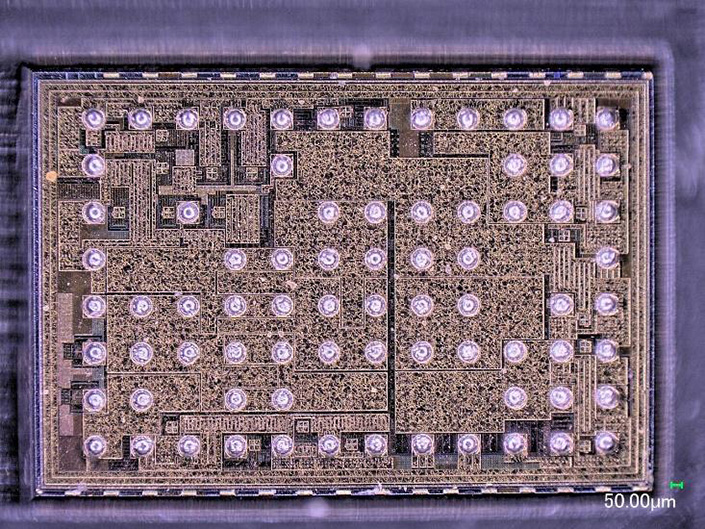

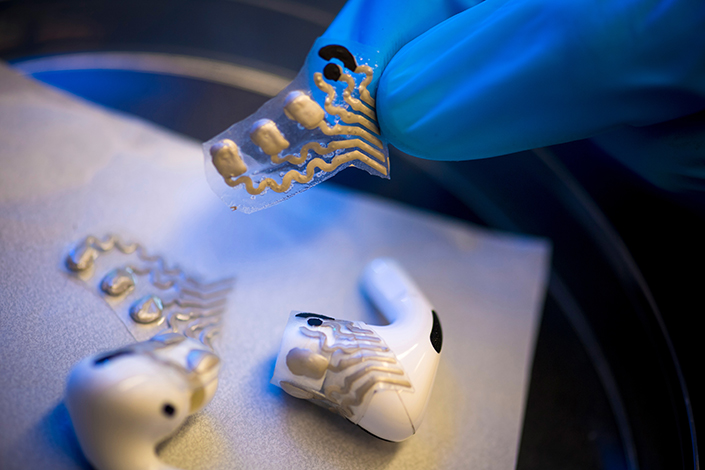
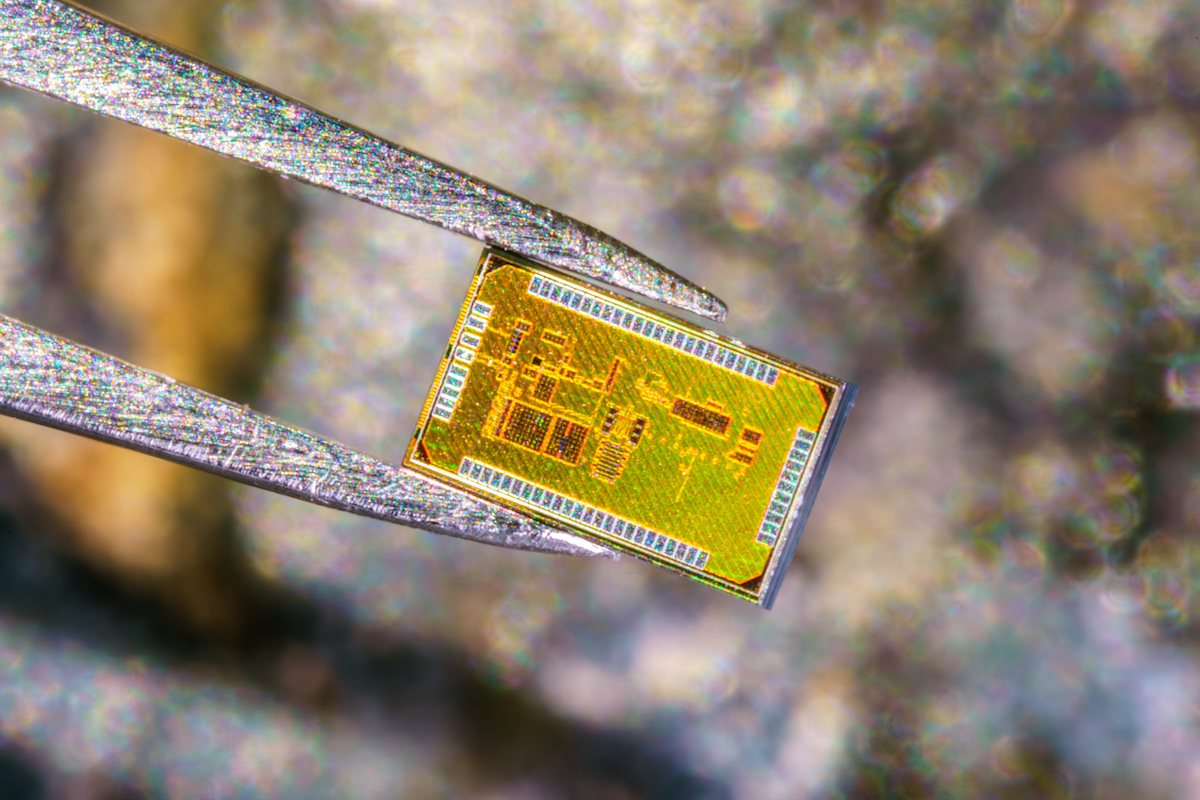

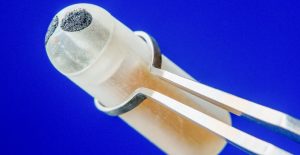 UC San Diego has created an experimental “smart pill” that continuously monitors the inside of the small intestine, work that could lead to better ways to spot and treat gastro-intestinal disorders, including inflammatory bowel disease and diabetes.
UC San Diego has created an experimental “smart pill” that continuously monitors the inside of the small intestine, work that could lead to better ways to spot and treat gastro-intestinal disorders, including inflammatory bowel disease and diabetes.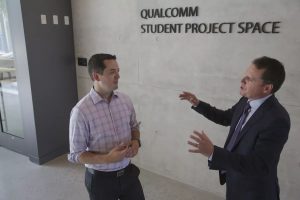 UC San Diego is about to open a huge, cathedral-like engineering center that will exponentially expand the school’s efforts to do everything from turn plant viruses into human vaccines to program self-driving cars to safely navigate through thick fog.
UC San Diego is about to open a huge, cathedral-like engineering center that will exponentially expand the school’s efforts to do everything from turn plant viruses into human vaccines to program self-driving cars to safely navigate through thick fog.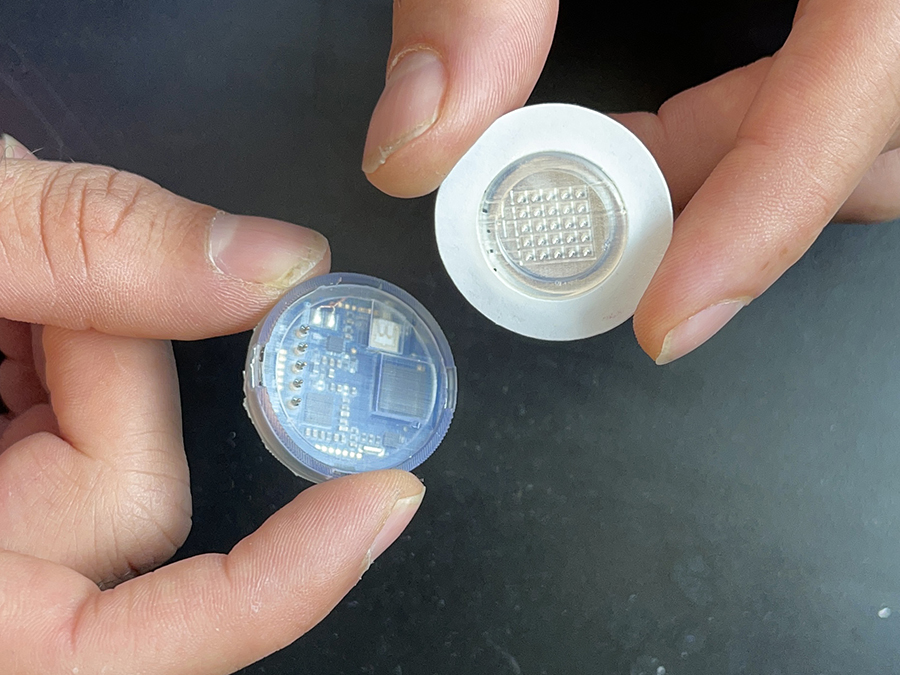 Imagine being able to measure your blood sugar levels, know if you’ve had too much to drink, and track your muscle fatigue during a workout, all in one small device worn on your skin. Engineers at the University of California San Diego have developed a prototype of such a wearable that can continuously monitor several health stats—glucose, alcohol, and lactate levels—simultaneously in real-time.
Imagine being able to measure your blood sugar levels, know if you’ve had too much to drink, and track your muscle fatigue during a workout, all in one small device worn on your skin. Engineers at the University of California San Diego have developed a prototype of such a wearable that can continuously monitor several health stats—glucose, alcohol, and lactate levels—simultaneously in real-time.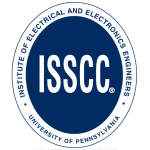 The EEMS lab, in collaboration with Prof. Dinesh Bharadia’s lab, are pleased to announce that they will be presenting a paper at ISSCC 2022 entitled “A WiFi and Bluetooth Backscattering Combo Chip Featuring Beam Steering via a Fully-Reflective Phased-Controlled Multi-Antenna Termination Technique Enabling Operation Over 56 Meters”. Along with co-authors Shih-Kai Kuo and Manideep Dunna, they will show how beamsteering can be enabled in a WiFi-compatible backscatter system that consumes multiple orders of magnitude lower power than conventional approaches. They will also demonstrate that the chip can also backscatter BLE data at ~100X lower power than a Bluetooth Low Energy transmitter.
The EEMS lab, in collaboration with Prof. Dinesh Bharadia’s lab, are pleased to announce that they will be presenting a paper at ISSCC 2022 entitled “A WiFi and Bluetooth Backscattering Combo Chip Featuring Beam Steering via a Fully-Reflective Phased-Controlled Multi-Antenna Termination Technique Enabling Operation Over 56 Meters”. Along with co-authors Shih-Kai Kuo and Manideep Dunna, they will show how beamsteering can be enabled in a WiFi-compatible backscatter system that consumes multiple orders of magnitude lower power than conventional approaches. They will also demonstrate that the chip can also backscatter BLE data at ~100X lower power than a Bluetooth Low Energy transmitter.